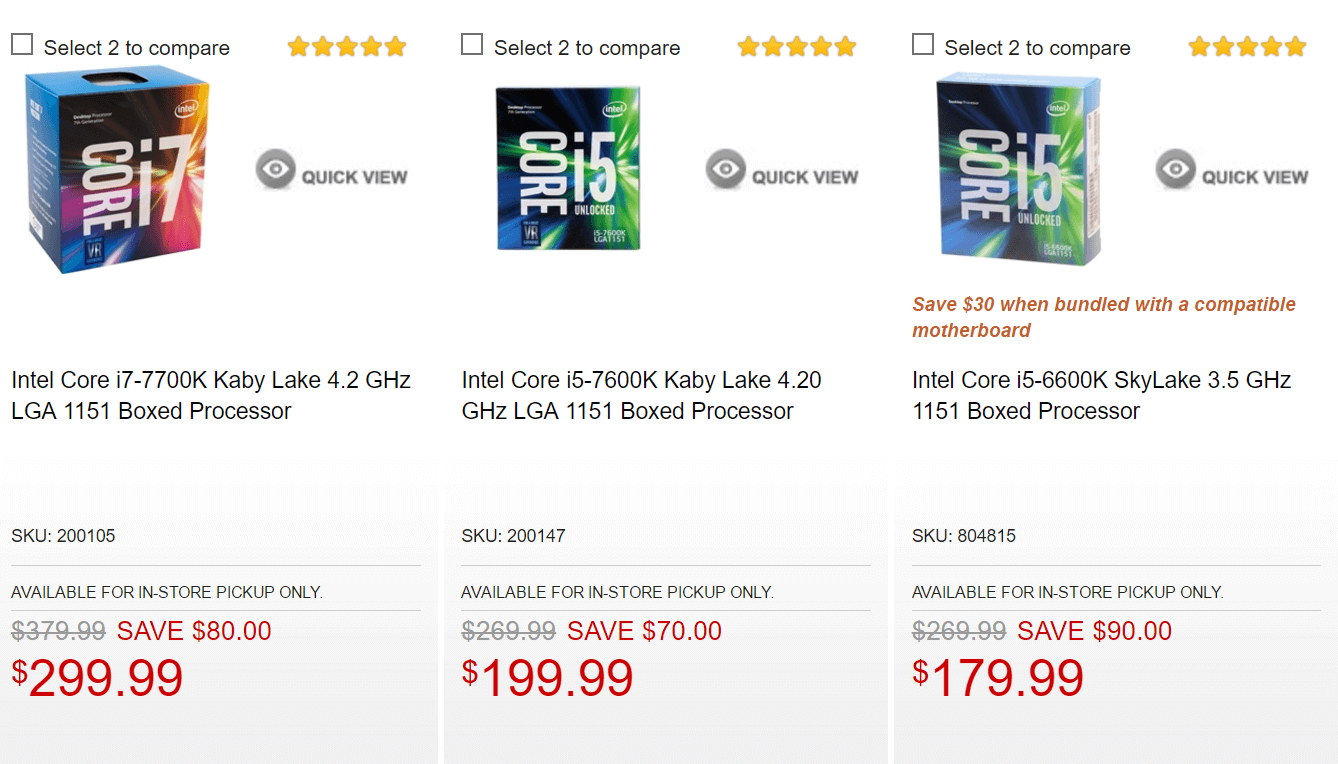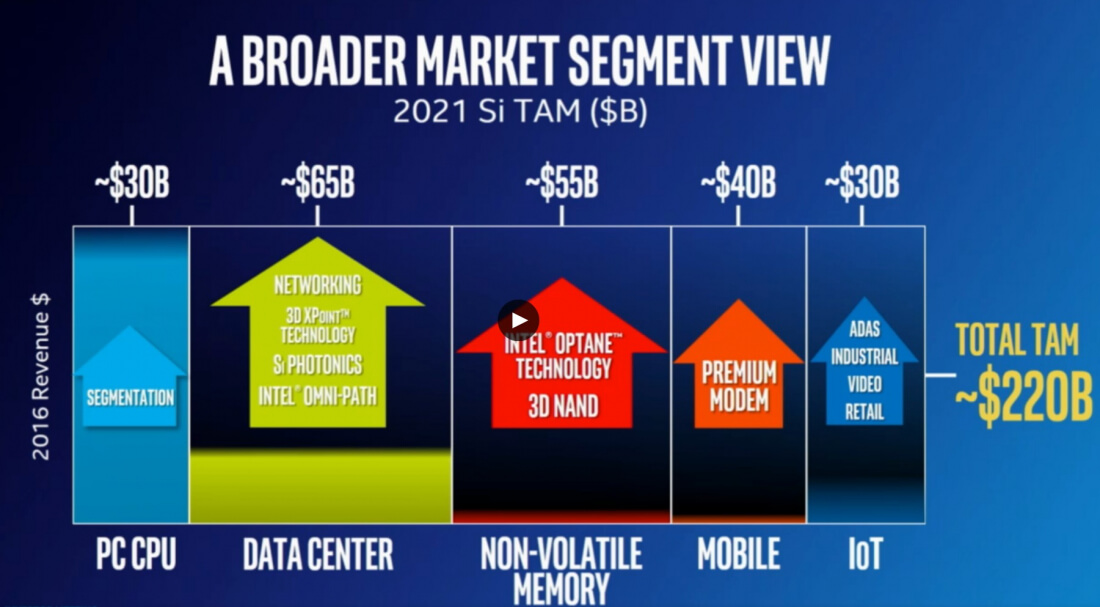That Intel has had little pressure from its most direct competitor to develop faster and more affordable processors in the past few years would be an understatement. AMD is making a comeback to the performance desktop market later this week with the highly awaited release of Ryzen. With full tests and reviews still pending, it's expected that Ryzen will be highly competitive against today's flagship Core processors while costing a fraction of them.
The top-end Ryzen 7 1800X will come with 8 cores and 16 threads for $499, and is expected to perform up to par with Intel's eight-core part, the Core i7-6900K that goes for twice that amount. The other two Ryzen CPUs that are part of this first release will also be 8 core parts, costing $399 and $329.
Naturally, Intel's immediate remedy to the situation is to cut prices to match Ryzen's performance output per dollar and steal some of AMD's thunder. As reported by Tweaktown and a few other sites this past weekend, price cuts are already becoming evident at online retailers such as Microcenter (anywhere from $30 to $100), while Amazon and Newegg are seeing less significant cuts as of writing.
On Amazon, Ryzen pre-orders have translated into AMD becoming the top selling CPUs in a matter of days.

As far as performance bragging rights are concerned, Intel will want to save face and keep the lead it's been holding for years.
However, in the overall scope of things, what the real meaning this has for Intel, maybe it's not as big of a deal as we enthusiasts would like to think. Last week we reported about Intel's future plans, including the company's eighth-generation Core CPUs that will remain on a 14nm manufacturing node. They also said the firm was going "data center first" where there is larger room for growth and revenue moving forward.

